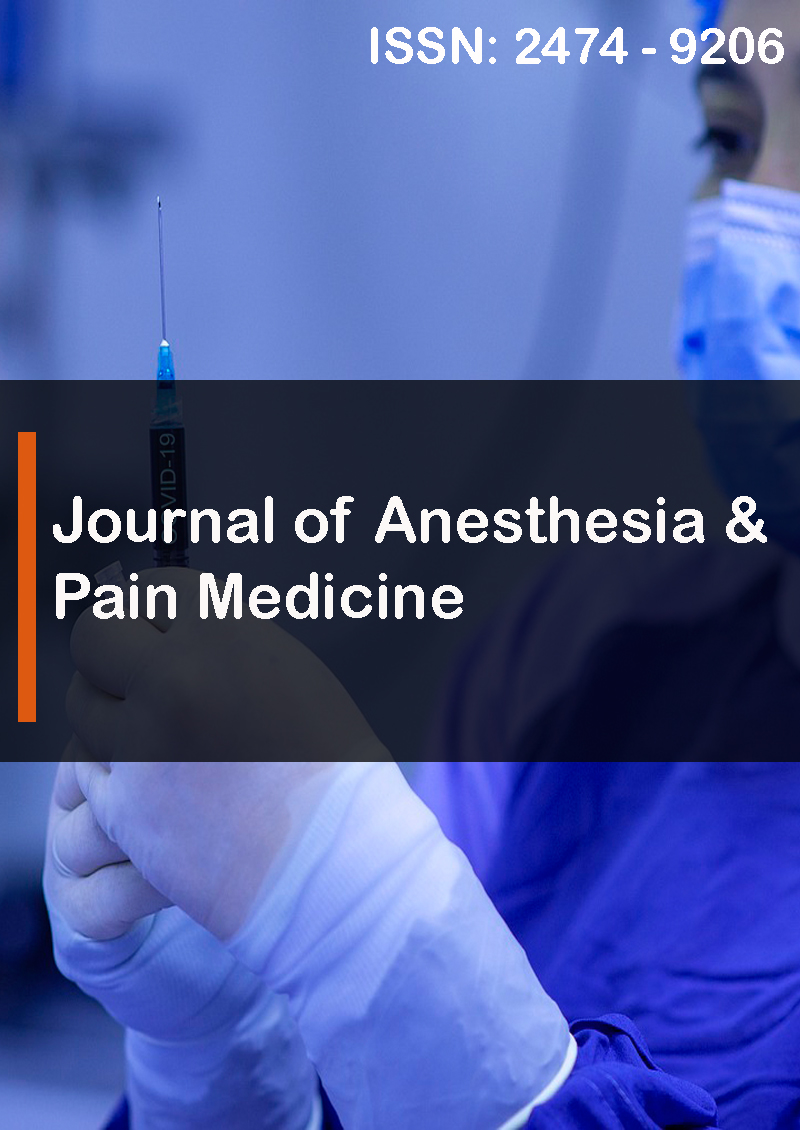Role of Botulinum Toxin in Post-Stroke Spasticity Related Shoulder Pain
Abstract
Arun Aggarwal, Jayanthini Ganeshkumar and Darren Lee
Shoulder pain is a very common complication after stroke, with a reported prevalence varying from 23% to 64%. There are very few treatment options that have been shown to be more effective than placebo for relief of poststroke shoulder pain. One of the factors most frequently associated with shoulder pain is spasticity, especially when the muscles are stretched. Botulinum toxin A (BT-A) is one of the treatments available for the treatment of focal spasticity and its effectiveness in reducing upper limb spasticity in stroke is well documented. In this review, patients with shoulder pain and spasticity after hemiplegia, a single injection of BT-A was associated with a statistically significantly greater reduction in shoulder pain on a numerical rating scale (NRS) from 6/10 at initial assessment; to 1/10 two months post injection. Nine patients (56%) were pain free at 5 and 9 months postinjection. Median Modified Ashworth Scale (MAS) scores for shoulder spasticity in the affected upper limb improved from 3 at the initial assessment to 2, two months post injection and remained as 1+, five and nine months post injection. There was also a significant improvement in median passive shoulder abduction range of motion on the affected upper limb from 80 degrees at the initial assessment to 95 degrees, two months post injection and further improvement to 110 degrees in 9 patients, 5 months post injection. BT-A seems to be effective in managing post- stroke shoulder pain secondary to spasticity.



